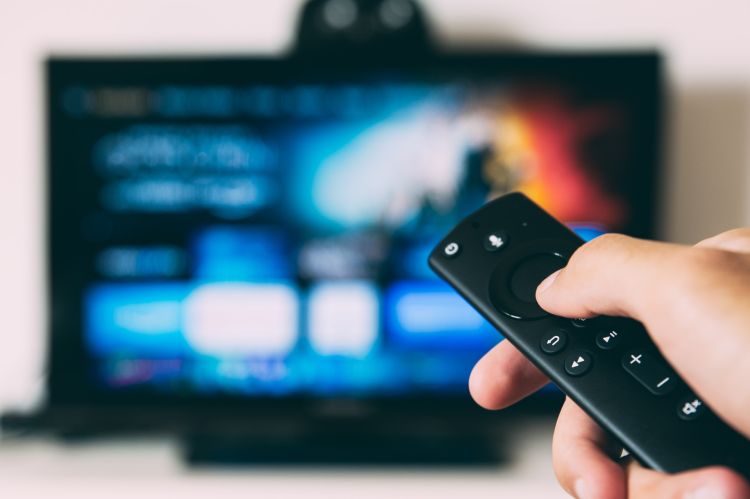Ways of Watching: what shapes the public’s television habits?

A new report shows that the use of streaming services isn’t only about age – there are more factors that the industry and policymakers should consider.
‘Ways of Watching’ is a research project by Catherine Johnson (School of Media and Communication), Cornel Sandvoss (University of Bristol) and Annaliese Grant (University of Nevada, Las Vegas). It is the third wave of their ‘Routes to Content’ project.
The project examines the viewing habits of television (TV) audiences in the UK to understand how these habits have changed with the increase of streaming services.
Their recently published report offers a new way of understanding changing TV viewing behaviours in the UK.
“The report identifies the key factors that shape viewers’ use of different TV services, from linear broadcast channels to subscription video-on-demand. This matters because more and more people of all ages are using video-on-demand services, but linear channels are still important for some,” says Professor Catherine Johnson.
“Our research challenges the assumption that changing viewing behaviours are driven primarily by age and that people are replacing linear with on-demand viewing. We found that just over half of our sample reported watching all different kinds of services, from linear channels to on-demand and pay-TV.”
Types of television viewers
The researchers split viewers into three categories based on their use of television channels and services.
- All-watchers (53%), who watch broadcast channels, pay-TV and streaming services
- Free-watchers (30%), who primarily watch broadcast television and free video streaming services
- Subscribers (17%), who mainly watch subscription video-on-demand (SVOD).
They then analysed the groups’ habits and behaviours to uncover trends.
‘Sociable’ or ‘selective’
One of the key findings of the project was that there is a big difference in viewing behaviour between those who watch TV alone and those who watch it with others.
Not only do sociable ‘All-watchers’ commonly watch with others but they are likely to learn about new content from friends, family and others.
This means they have a more diverse TV viewing experience – the group reported watching the widest range of genres, experiencing a range of positive emotions when watching TV and were the most likely to feel challenged in their beliefs when watching television.
‘Free-watchers’ and ‘subscribers’ are both more selective. They generally watch less TV, fewer genres and are less likely to feel happy due to TV.
‘Subscribers’ are the most selective group. In the study, they were less likely to feel challenged when watching TV and did not engage with political programming and news on TV.
This means the preference for SVOD aligns with narrower tastes and interests in TV.
Viewing experiences and expectations
This study shows that many factors shape people’s viewing experiences.
It suggests that age, household income and ethnicity are key demographic factors determining public habits.
Viewing behaviours (the amount of viewing, watching alone or with others), viewing experiences (viewers’ emotional response to TV), expectations of TV and genre preferences are also important factors.
The researchers recommend that the industry and policymakers should address the role of viewers in the process of content selection and their social and economic contexts.
‘Free-Watchers’ with the lowest income households rely heavily on broadcast TV and mainly watch factual content.
Therefore, the researchers suggest that high-quality, trusted factual programming should remain free at the point of use on broadcast channels.
Whether watching in a group or alone makes a difference in viewing habits, so policymakers should pay attention to social contexts to understand viewing behaviour, choice, experience and attitude.
Download and read the full report on the project page.
The future of public service media
Since the report’s publication, Professor Johnson has spoken at the Voice of the Listener & Viewer Autumn Conference 2023. There, she spoke about how the next Government can support public service broadcasting.
Professor Johnson was also part of the panel ‘Fighting for Space’ with the International Broadcasting Trust at the Palace of Westminster. She joined newsroom representatives, foreign correspondents, current affairs commissioners and Members of the House of Lords to discuss the future of public service media.




